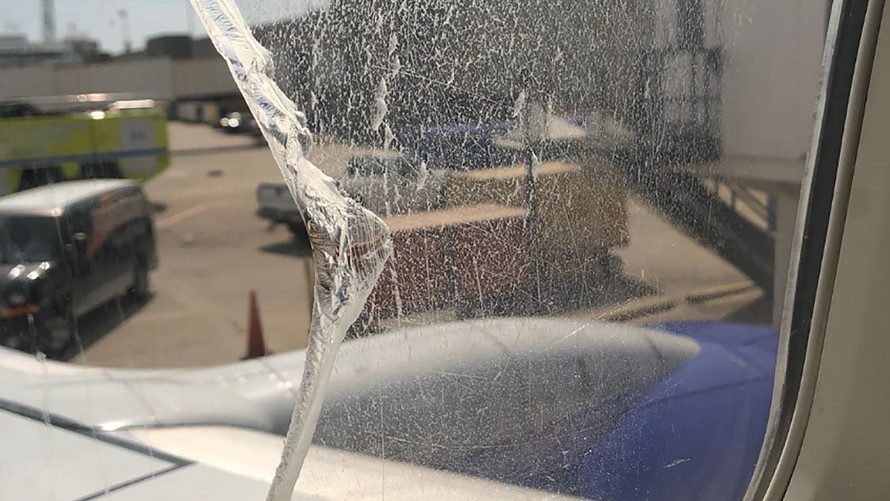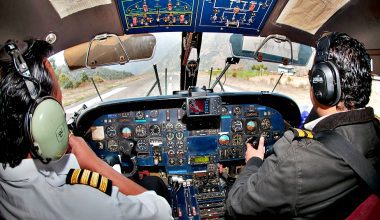-Aavash Chhetri
Most of us when we think about an airplane there comes an image of a stream line body wings, landing gear and cockpit on its front nasal part with control, navigation and more function. But it’s not limited within these structures; there are various other systems and components in it. And each and every minute component plays an important role in conducting safe flights.
Considering other huge crucial structures of an aircraft we may not give much importance to windows but recently on Monday an inexplicably shattering of one of the pane in the cockpit of Sichuan Airlines Airbus 319 alarmed the airlines and the traveler. The Aircraft was flying from Chongqing in southwest China, to Lhasa in Tibet. This incident caused the compartment to lose pressure, which in turn briefly sucked the first officer partially out of the plane. He was able to regain control and suffered only minor injuries, and the flight crew made an emergency landing.
Sichuan Airlines A319 cockpit window breakage incident
A safety consultant and former member of the National Transportation Safety Board ,” John Goglia says, damage to windows, even cockpit windows, “is normally not going to make a plane crash’’, but, there might some linkage between this recent Sichuan Airlines and Southwest Airlines Flight 1380 incident which occurred on 17th April. Goglia says that cockpit windows in particular are very strong, designed to survive everything from bird strikes—as in Sully Sullenberger’s “Miracle on the Hudson” flight to hailstorms and passenger windows are also sturdy with several layers for added protection and they are routinely polished to remove what’s called “crazing,” fine web-like lines caused by exposure to the elements and to chemicals, such as those used to de-ice planes.
Southwest Airlines’ Boeing 737 window breakage incident
Though there were no any loss of life on recent incident but in case of Southwest Airlines it all begin with engine explosion and shards of the engine flew into the fuselage and punctured a passenger window, killing a woman sitting in the adjacent seat, after which she was partially sucked out of the plane. Responding to a request for comment, the FAA said based on its own data, “passenger window failures are rare.” Statistics show there have been only 26 failures of the outer pane—each exit window has three—in the entire Boeing 737 service history worldwide, another source said.
Chinese aviation authorities are investigating the incident, with the help of experts from Airbus Industries, and no cause has been identified yet. Goglia says there are three possible explanations for the Sichuan Airlines episode: improper assembly during routine maintenance; a manufacturing defect at the time the plane was made; or damage from an unknown source that caused a “stress point.”
Though such incidents are very rare but manufacturing company should consider about it and hope that we shouldn’t hear about such incidents any longer on our upcoming days.








